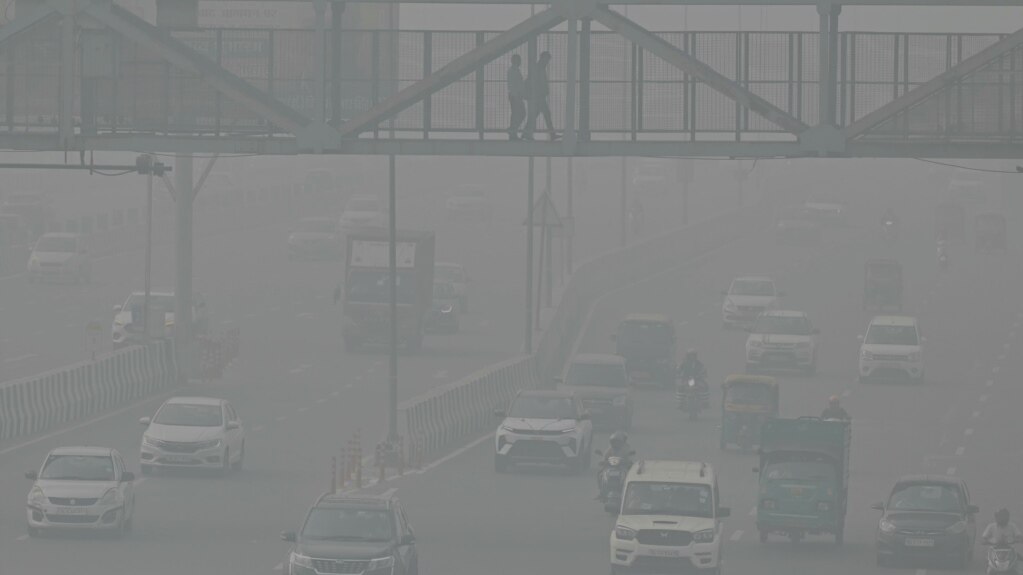Indian scientists plan to add substances to clouds above the capital New Delhi in an effort to produce rain to reduce pollution.
The method to artificially produce rain is called cloud seeding. The process involves adding different chemicals to clouds to cause rain. When rain falls from the sky, water droplets can attach to pollution particles and bring them down to the ground.
New Delhi has been rated the city with the most air pollution in the world. Reports say the problem has worsened across the city in recent weeks.
Air quality decreases in the city ahead of winter each year. During this time, cold air can trap many pollutants, including gases from vehicles, industry, building projects and agricultural burning.
Scientists expect some clouds over the city around November 20. They hope the clouds will result in heavy rainfall – when sprayed with a salt mixture.
The project is being led by Manindra Agrawal, a scientist at the Indian Institute of Technology in the central city of Kanpur. He told Reuters news agency the salt mixture will include silver iodine to help produce rain. It is to be sprayed on clouds over a 100 square kilometer area. Agrawal said the project will cost about $120,000.
The local government in New Delhi, a city of 20 million people, has already closed schools, stopped building activities, and said it will place restrictions on vehicle use to control pollution.
The air quality index in the city was 506 on November 9. This level is considered "hazardous" by IQAir, a Swiss company that describes itself as an “air quality solutions” business.
Gufran Beig is head of the Indian government's air-quality measuring agency SAFAR. He told Reuters the city needs heavy and widespread rain to wash away the pollutants. Beig added that light rain could worsen the situation.
The SAFAR head said current airflow is carrying smoke from crop burning in the states of Punjab and Haryana to Delhi. This smoke adds to the city’s existing pollution sources. "So, unless a huge pressure is established by intense rain, this chain of transport from Punjab to Delhi will not be broken,” Beig said.
About 38 percent of pollution in the capital has been caused by stubble burning in Punjab and Haryana, a recent government statement said. Farmers carry out stubble burning to clear material left behind from rice harvests so they can plant other crops. Indian officials directed leaders in both states to "take effective actions" to identify and limit stubble burning, the statement added.
Officials in New Delhi are seeking approval for the project from the Supreme Court, Reuters reported.
Several countries have used cloud seeding in an effort to produce rain, improve air quality and water crops in times of extreme dryness. These include Mexico, the United States, China, Indonesia and Malaysia.
I’m Bryan Lynn.

